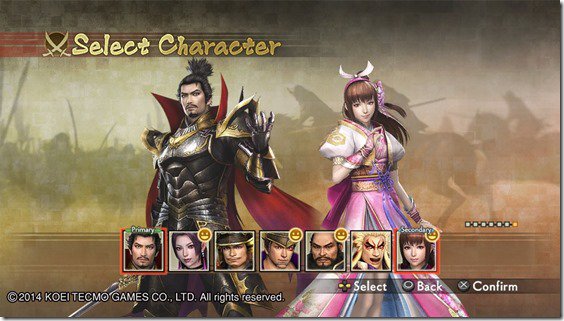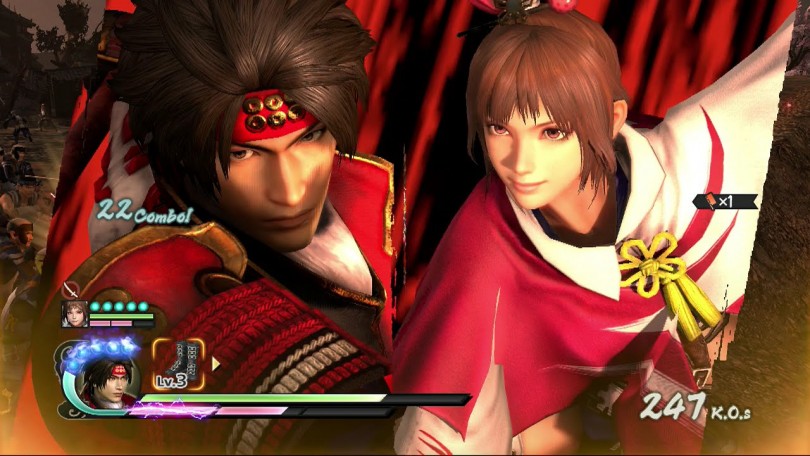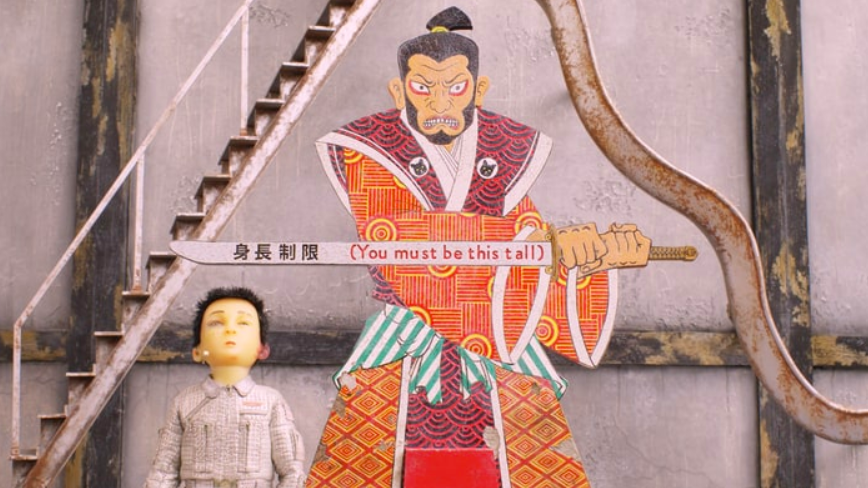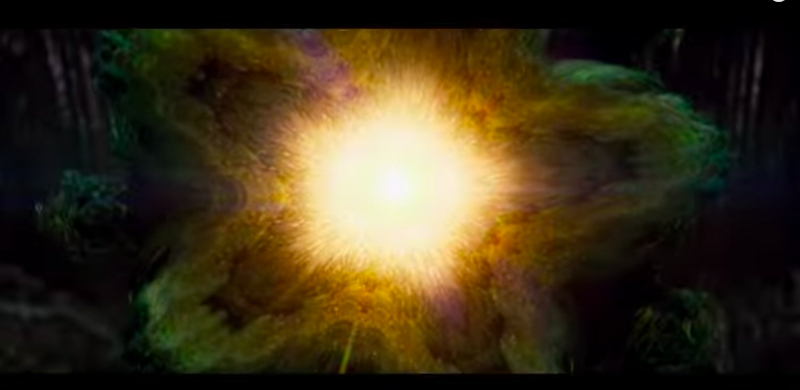aNewDomain — Warrior knights, cherry blossoms and delicate poetry might come to mind when you think of the Sengoku Period in Japan. But it was also one of the most violent eras in the country’s history, and gaming firm Koei has made that legendary destructive hack ‘n’ slash period come to life with the release of “Samurai Warriors 4.”
I’ve always loved the history of the Sengoku Period — it’s a peak for samurai, notions of honor, and traditional Japanese culture. Another legendary game — Creative Assembly’s “Total War: Shogun 2” — did an admirable job of capturing this tumultuous time in Japan’s history. Many consider “Shogun 2” the magnum opus of the Total War series, and the reigning authority on the Sengoku Period.
But Japanese developer Koei has shaken the market with “Samurai Warriors 4,” a game that has an incredible storyline, superb graphics and awesome features. Let’s take a look …
Drenched In History
First a disclaimer: I’m only reviewing the content, story and gameplay of “Samurai Warriors 4,” not the rest of the games in the series. If you played the others, your specific gameplay may be different.
The premise of “Samurai Warriors 4” is simple: You take on the role of a warrior (male or female) and fight your way through a comprehensive story mode in various battles throughout the Sengoku Period.
 The tale is told through the stories of prominent clans in the era, like the Oda, Takeda and the Uesugi. These stories are historically accurate and follow the arc of what went down for the clans during their respective timelines. Along with the clan story arc, there’s a storyline called “Legend of a Land United” that tells of how the Sengoku Period eventually came to a close with the dawning of the Tokugawa Shogunate.
The tale is told through the stories of prominent clans in the era, like the Oda, Takeda and the Uesugi. These stories are historically accurate and follow the arc of what went down for the clans during their respective timelines. Along with the clan story arc, there’s a storyline called “Legend of a Land United” that tells of how the Sengoku Period eventually came to a close with the dawning of the Tokugawa Shogunate.
Each story is told through several stages that serve as chapters. In every stage, the player selects two characters that participated in the respective side, and they complete the battle that the chapter covers. Before and after each battle there are cutscenes that move the story along to the next chapter.
I know what you’re thinking: Won’t Koei just fall into the trap of a boring historical narrative while making the story extremely bland and dry?
In other circumstances you might be right, but not here. That’s part of the appeal of the game.
The storyline conveys the history of the Sengoku Period with historical accuracy, but the characters all have rich personalities and you will probably become quite attached. Of course, this can be a bad thing, as many of the characters die over the course of the story … it’s like a Japanese version of “Game of Thrones.”
Gameplay and Graphics
I would describe “Samurai Warriors 4” as an Action RPG, but loosely — while you take on the role of a character in the Sengoku Period, the game doesn’t have many of the typical RPG quests, like gain money or collect herbs.
Instead you fight your way through a stage, completing objectives, and have the option to switch to your secondary character. The two-character system allows the player to take care of crises when they arise far away on the battlefield, which is both cool and convenient.
The gameplay itself mostly consists of mashing the attack button. This entire series is known for the mashing of a single button, with the occasional charge and special attack (musou, as it’s called in-game.) Unfortunately, this combat system can be repetitive, and it lacks the diversity of fighting mechanics seen in other games such as “Assassin’s Creed.”
 While the buttons get repetitive, the moves on-screen look awesome. Koei did a superb job with the graphics in “Samurai Warriors 4.” The realism of the soldiers’ fighting movements and the awesome world graphics make the effects far more colorful than the button-mashing stuff behind the scenes.
While the buttons get repetitive, the moves on-screen look awesome. Koei did a superb job with the graphics in “Samurai Warriors 4.” The realism of the soldiers’ fighting movements and the awesome world graphics make the effects far more colorful than the button-mashing stuff behind the scenes.
The game has more than a campaign mode. Free Mode allows the player to go back to any of the previous battles already played in Story Mode and play as any unlocked character. Chronicle Mode allows the player to be their own custom character and fight through missions in Japan. Chronicle Mode is my favorite, because it turns “Samurai Warriors 4” into an RPG game with action mechanics.
The overall goal in Chronicle Mode is to compose a full biography of everyone in Japan, and you do so by winning over the various historical characters, interacting and teaming up with them on your journey.
What makes Chronicle Mode so great is the lighthearted mood, in high contrast to Story Mode, which can be deep and sad.
In Story Mode when your favorite characters die, survivors confront the loss.
Chronicle Mode, on the other hand, is light on interactions between your created character and the historical ones, with frequently hilarious scenes.
I would give “Samurai Warriors 4” an 8/10. The game is solid, it contains epic graphics and a nice storyline that brings the Sengoku Period to life without boring gamers everywhere. The few points off are because the button-mashing gets repetitive, and it’s employed during most of the game.
I would recommend this game not only to Sengoku Period fans, but for anyone who likes Japanese history or games in general. I’ll warn you now, though: the game is in Japanese and contains English subtitles. Of course for those who watch anime, that shouldn’t be a problem. You can pick up “Samurai Warriors 4” for PS4 here.
For aNewDomain, I’m Puching Zhang.
All screenshots: Courtesy of Koei













